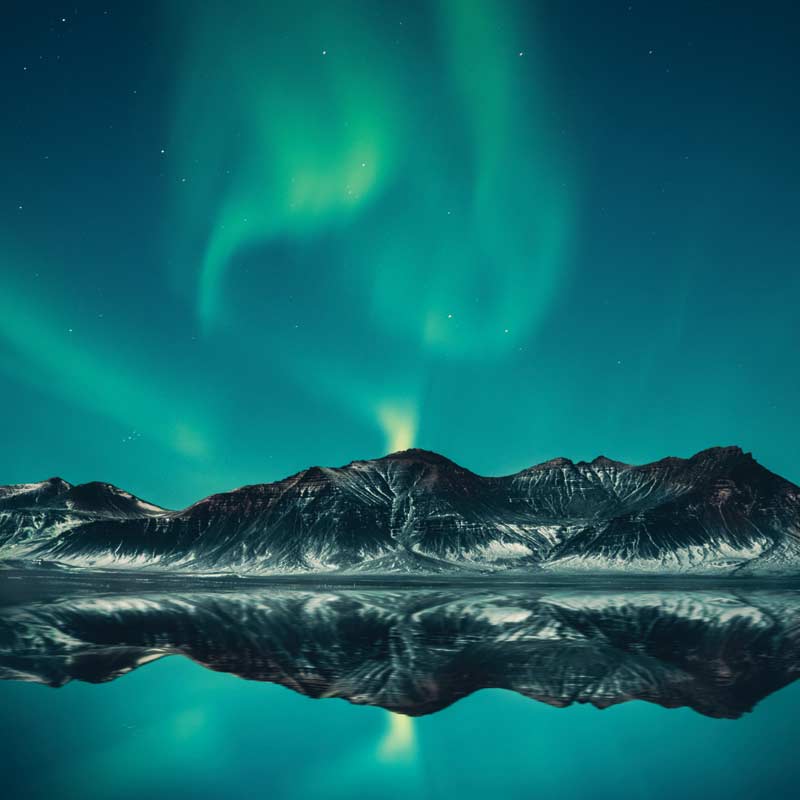Thank You Alan Peche
Mind Bending | July 8, 2021

Alan Peche, Director of the Barlow Planetarium on the UW Fox Cities campus, and loyal contributor to The Greater Valley Guide, passed away on June 12, 2021.
Alan’s articles shared his passion and wealth of knowledge in science and astronomy, which helped expand our view of this great big universe from earth. As a tribute, we are bringing you this submission from Alan that was published in our July/August 2013 issue for inspiration as you explore this summer. Thank you, Alan!
Summer Time Science
By Alan Peche, Barlow Plantarium
In addition to science being really cool, science can be found everywhere. We challenge you to look for science throughout your summer break – you might be surprised where you find it!
Science at a Baseball Game
The history of the pitcher’s mound is surprisingly interesting – however, the science behind it is rock solid. The extra height of the mound provides the pitcher with a little extra energy that can be transferred to the ball as he/she “falls” off the top of the mound. The mound also allows the pitcher to throw the ball as horizontally as possible achieving the highest possible speed toward the batter (he does not have to loft the ball up to get it to the plate). The effect is so great that when the mound was reduced from 15 to 10 inches in 1969, batting averages jumped 15 points!
…what other science can you find at a sporting event?
Science at a Lake
If you want to keep your drinks cold at the lake, remember that the lake is its own refrigerator! In school we learn heat rises and cold sinks – this is true in a lake as well. The difference when the hot changes to cold is called the thermocline. The warm water above the thermocline is great for making swimming comfortable and cooler. And, the water below the thermocline is great for keeping your drinks cold. To keep your drinks cold, tie a string onto them and let them go down 10 feet or so – when you want a cool drink, just pull it up from your natural refrigerator. Please note, since some diet sodas float. You may have to tether a non-diet soda to get them to sink!
…what other science can you find while relaxing?
Science at the Fireworks
(OR THUNDERSTORM)
For approximation purposes, sound travels at 700+ miles per hour; a mile every 5 seconds; 1,000 feet every second. If you are watching fireworks from a distance, you can estimate your distance by counting the number of seconds between seeing the explosion and hearing the explosion; each 5 seconds is a mile. If you are directly under the display it is possible to do the same thing, however, in this scenario the timing will tell you how high above you the explosions are happening.
The same skill can be used to time thunderstorms. To determine the distance to the lightning strike, count the seconds between the lightning flash and the thunder; every 5 seconds is a mile. If you record your data, it is possible to see how the storm is moving. Is it approaching? Is it receding? Was it approaching and is now receding?
…what other science can you find with summer weather?
EXPERIMENT
Use the properties of super-cold water to make an excellent frosty soda drink. Get a 500 ml bottle of soda, shake it up VIGOROUSLY, and place it in your freezer to get it really cold – but not frozen. After approximately 3 hours (different freezers will take different times), remove the bottle from the freezer, quickly OPEN AND CLOSE the bottle, shake the bottle vigorously again and watch the soda turn to slush. Open the bottle and squeeze (because it will be difficult to pour) the slush into a glass and enjoy the treat!
It is possible to see it in a different way by slowly opening the bottle and VERY slowly pouring its contents into a cup. Although the soda still appears to be a liquid, if you start stirring it with a straw (or drop a small piece of ice into it) it will turn to slush before your eyes.
IN MEMORY
Please consider donating to Alan’s last project, renovation of the Barlow Planetarium. Donations can be made to support Barlow Planetarium’s NextGen project at: uwosh.edu/fox/alumni/foundation
Each month, the Barlow Planetarium, Wisconsin’s first major planetarium, provides interesting science, technology, engineering and mathematics (STEM) topics for all ages.
TO GET A CURRENT SKYCHART: Visit the Skymaps link under the “Astronomy Resources” link at BarlowPlanetarium.org.



